Home>Furniture & Design>Outdoor Furniture>How Do You Remove A Stuck Hose From An Outdoor Faucet
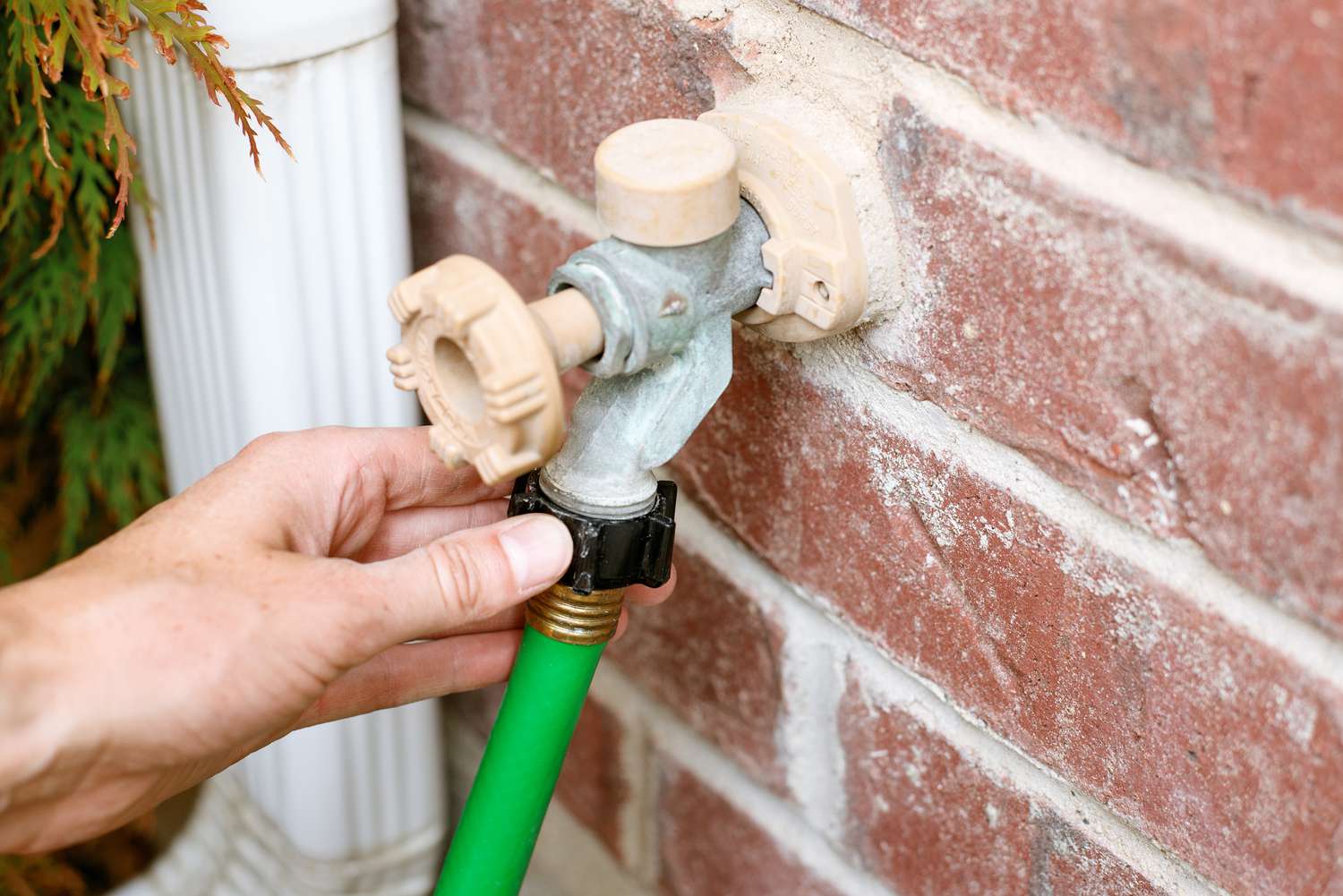

Outdoor Furniture
How Do You Remove A Stuck Hose From An Outdoor Faucet
Modified: March 25, 2024
Learn how to safely remove a stuck hose from your outdoor faucet with our expert tips and tricks. Say goodbye to the frustration and get back to enjoying your outdoor furniture and design.
(Many of the links in this article redirect to a specific reviewed product. Your purchase of these products through affiliate links helps to generate commission for Storables.com, at no extra cost. Learn more)
Introduction
When it comes to maintaining your outdoor space, a stuck hose on an outdoor faucet can quickly turn into a frustrating situation. Whether it's due to corrosion, mineral buildup, or simply a stubborn connection, dealing with a stuck hose can leave you feeling stumped. However, fear not! With the right approach and a bit of know-how, you can tackle this common outdoor furniture and design dilemma with ease.
In this guide, we'll explore a range of effective methods for removing a stuck hose from an outdoor faucet. From assessing the situation to applying lubrication and utilizing specialized tools, we'll cover everything you need to know to free that stubborn hose. So, roll up your sleeves and let's dive into the world of outdoor furniture and design problem-solving!
Key Takeaways:
- Don’t force it! Assess the situation, apply lubrication, and use heat or specialized tools like a hose clamp or pipe wrench to safely remove a stuck hose from an outdoor faucet.
- When all else fails, call a professional. A skilled plumber or outdoor furniture expert can provide the expertise and specialized tools needed to safely and effectively remove a stubborn hose.
Read more: How To Remove Stuck Faucet Handle
Assess the Situation
Before diving into any removal method, it’s crucial to assess the situation to understand why the hose is stuck in the first place. Start by inspecting the connection point between the hose and the outdoor faucet. Look for any visible signs of corrosion, rust, or mineral buildup that may be hindering the detachment process. Additionally, check for any kinks or twists in the hose that could be exacerbating the issue.
If the hose has been in place for an extended period, mineral deposits and corrosion may have formed, making it challenging to remove. In such cases, a gentle tug may not suffice, and forcing the hose off could lead to damage to the faucet or the hose itself. Understanding the underlying cause of the stuck hose will guide your approach and help you select the most suitable removal method.
Furthermore, consider the material of the outdoor faucet. Is it made of plastic, brass, or another metal? Different materials may require different handling to avoid damage during the removal process. By taking stock of these factors, you’ll be better equipped to choose the right technique for freeing the stuck hose without causing any unintended harm.
Remember, patience is key when assessing the situation. Rushing into the removal process without a clear understanding of the factors at play can lead to unnecessary complications. By carefully evaluating the condition of the hose, faucet, and surrounding components, you’ll set the stage for a successful hose removal endeavor.
Apply Lubrication
When facing a stubbornly stuck hose, the application of lubrication can work wonders in easing the removal process. Lubricants help reduce friction and loosen the grip between the hose and the outdoor faucet, making it easier to detach the two components. Before applying any lubricant, ensure that the area is clean and free of debris to allow for optimal penetration of the lubricating agent.
One of the most commonly used lubricants for this purpose is a silicone-based spray. These sprays are designed to provide a slippery coating that can penetrate tight spaces, effectively coating the connection point between the hose and the faucet. When applying the lubricant, aim to cover the entire area where the hose and the faucet meet, allowing the lubricant to seep into any gaps or crevices that may be contributing to the sticking.
If a silicone-based spray is not readily available, household alternatives such as cooking oil or WD-40 can also serve as effective makeshift lubricants. When using these alternatives, apply the oil or WD-40 generously to the connection point, allowing it to sit for a few minutes to penetrate and loosen the stuck hose. Be mindful of the surface material of the faucet, as certain lubricants may not be suitable for all types of finishes.
After allowing the lubricant to work its magic, attempt to gently twist and maneuver the hose to encourage the loosening of the bond. It’s important to exercise patience during this process, as the lubricant may take some time to fully penetrate and alleviate the sticking. Avoid applying excessive force, as this can lead to damage to the faucet or the hose.
By applying lubrication and allowing it to work its way into the stubborn connection, you’ll create a more favorable environment for detaching the hose, bringing you one step closer to resolving the issue at hand.
Apply Heat
When dealing with a particularly stubborn hose that refuses to budge, applying heat to the stuck connection can be a game-changer. Heat helps to expand metal components, making it easier to break the bond between the hose and the outdoor faucet. Before applying heat, it’s essential to take certain precautions to ensure the safety of the surrounding area and components.
One effective method for applying heat is to use a hairdryer or a heat gun. These tools allow for targeted application of heat to the specific area where the hose and the faucet meet. Begin by setting the hairdryer or heat gun to a moderate temperature, as excessive heat can potentially damage the faucet or the hose. Hold the tool a few inches away from the connection point and move it around to evenly distribute the heat.
As the heat is applied, periodically attempt to gently twist and maneuver the hose. The expansion caused by the heat will gradually work to loosen the grip between the hose and the faucet. Exercise patience during this process, as it may take some time for the heat to effectively penetrate and facilitate the detachment of the stuck hose.
It’s important to note that when using heat near outdoor furniture or design elements, such as wooden decks or vinyl sidings, it’s crucial to exercise caution to avoid any potential damage. Ensure that the heat source is directed solely at the connection point and that the surrounding area is not exposed to prolonged heat exposure.
Additionally, if the outdoor faucet is made of plastic or features any plastic components, it’s essential to be mindful of the temperature to prevent melting or distortion of the plastic. Adjust the heat application accordingly to accommodate the material of the faucet and minimize the risk of damage.
By applying targeted heat to the stubborn connection, you can harness the power of expansion to your advantage, making the process of removing the stuck hose from the outdoor faucet a smoother and more manageable endeavor.
Try using a lubricant like WD-40 or cooking oil to loosen the hose from the faucet. If that doesn’t work, gently heat the faucet with a hairdryer to expand the metal and make it easier to remove the hose.
Use a Hose Clamp
When conventional methods fail to dislodge a stuck hose from an outdoor faucet, employing a hose clamp can provide the extra leverage needed to break the stubborn bond. A hose clamp, also known as a hose grip or locking pliers, is a versatile tool that can be instrumental in freeing the stuck connection. Before using a hose clamp, it’s essential to ensure that the tool is in good working condition and that the area surrounding the faucet is clear of any obstructions.
To begin, select a hose clamp that is appropriately sized to fit around the circumference of the stuck hose. Position the hose clamp securely around the hose, ensuring a tight grip without causing damage to the hose itself. Once the hose clamp is in place, use its adjustable locking mechanism to secure a firm hold on the hose.
With the hose clamp securely fastened around the hose, utilize its leverage to apply gentle but consistent pressure in a twisting motion. The goal is to coax the stuck hose to release its grip from the outdoor faucet. Exercise caution during this process to avoid applying excessive force, as this can lead to damage to the faucet or the hose.
As you apply pressure with the hose clamp, periodically attempt to twist and maneuver the hose to assess the progress. The added grip and leverage provided by the hose clamp can often make a noticeable difference in loosening the connection. Be patient and persistent in your efforts, allowing the hose clamp to work in tandem with your movements to gradually free the stuck hose.
It’s important to note that while using a hose clamp, it’s advisable to protect the surface of the hose from potential damage. Wrapping a soft cloth or a layer of rubber around the hose before applying the hose clamp can help cushion the grip and minimize the risk of causing indentations or marks on the hose.
By harnessing the mechanical advantage of a hose clamp, you can introduce an additional element of force and control into the removal process, increasing the likelihood of successfully separating the stuck hose from the outdoor faucet.
Read more: How To Loosen Hose From Outdoor Faucet
Use a Pipe Wrench
When faced with a stubbornly stuck hose on an outdoor faucet, a pipe wrench can be a valuable tool for applying controlled force to facilitate the detachment process. A pipe wrench, with its adjustable and serrated jaws, provides a secure grip on the hose, allowing for targeted manipulation to break the bond between the hose and the faucet. Before using a pipe wrench, it’s important to exercise caution to avoid causing damage to the faucet or the hose.
Begin by selecting an appropriately sized pipe wrench that can securely grip the stuck hose without causing deformation. Position the pipe wrench around the circumference of the hose, ensuring a firm and stable hold. Adjust the wrench to achieve a snug fit around the hose, taking care not to overtighten and potentially damage the hose.
Once the pipe wrench is in place, use its leverage to apply controlled twisting and turning motions to encourage the release of the stuck hose. It’s essential to exercise patience and avoid applying excessive force, as this can lead to unintended damage. Periodically attempt to maneuver the hose to gauge the progress, adjusting the positioning and grip of the pipe wrench as needed.
When using a pipe wrench, it’s advisable to protect the surface of the hose from potential indentations or marks caused by the wrench’s serrated jaws. Wrapping the area of the hose in contact with the pipe wrench with a soft cloth or a layer of rubber can help cushion the grip and minimize the risk of damage to the hose.
Additionally, be mindful of the material of the outdoor faucet, as excessive force from the pipe wrench can lead to dents, scratches, or distortion, particularly if the faucet is made of softer metals or plastic. Adjust the application of force accordingly to prevent damage to the faucet while focusing on loosening the stuck connection.
By utilizing the controlled force and gripping power of a pipe wrench, you can effectively target the stubborn connection between the hose and the outdoor faucet, gradually working towards freeing the stuck hose with precision and care.
Call a Professional
When all else fails and the stuck hose refuses to yield to DIY removal methods, it may be time to call in the expertise of a professional. A skilled plumber or outdoor furniture and design specialist possesses the knowledge, experience, and specialized tools necessary to tackle complex and stubborn hose removal challenges effectively. By enlisting the services of a professional, you can ensure that the issue is addressed with precision and expertise, minimizing the risk of damage to the outdoor faucet or the hose.
Professional plumbers are well-versed in handling a wide range of outdoor plumbing and fixture-related tasks, making them adept at navigating the intricacies of freeing a stuck hose from an outdoor faucet. Their in-depth understanding of plumbing systems and components equips them to assess the situation comprehensively and determine the most suitable approach for resolving the issue at hand.
Additionally, outdoor furniture and design specialists with expertise in outdoor fixtures and connections can provide valuable insight and guidance when faced with a challenging hose removal scenario. Their familiarity with outdoor furniture materials, finishes, and maintenance practices allows them to approach the problem with a nuanced understanding of the potential implications and solutions.
When engaging a professional for assistance, it’s important to communicate the specifics of the stuck hose situation, including any previous attempts at removal and the condition of the outdoor faucet and the hose. This information will aid the professional in devising a tailored strategy for freeing the stuck hose while minimizing the risk of damage to the surrounding components.
By calling a professional, you can not only benefit from their expertise in resolving the immediate issue but also gain valuable insights and recommendations for preventing similar challenges in the future. Whether it’s addressing underlying corrosion, recommending maintenance practices, or suggesting alternative hose and faucet configurations, the guidance of a professional can contribute to the long-term health and functionality of your outdoor plumbing and furniture setup.
Remember, enlisting the assistance of a professional demonstrates a proactive approach to preserving the integrity of your outdoor fixtures and ensuring that the removal of a stuck hose is carried out with precision and care.
Conclusion
Dealing with a stuck hose on an outdoor faucet can present a frustrating challenge, but armed with the right knowledge and techniques, you can navigate this common outdoor furniture and design dilemma with confidence. By assessing the situation, applying lubrication, utilizing heat, and employing specialized tools such as hose clamps and pipe wrenches, you can effectively work towards freeing the stubborn connection and restoring functionality to your outdoor plumbing setup.
Throughout the removal process, patience, caution, and a methodical approach are key. Avoid rushing or applying excessive force, as this can lead to unintended damage to the outdoor faucet or the hose. Instead, take the time to assess the condition of the stuck hose, select the most suitable removal method, and proceed with care and precision.
It’s important to remember that when faced with a particularly challenging or delicate situation, seeking the assistance of a professional plumber or outdoor furniture and design specialist is a viable and prudent option. Their expertise and specialized knowledge can provide invaluable support in addressing complex hose removal scenarios while safeguarding the integrity of your outdoor fixtures.
By approaching the removal of a stuck hose with a combination of DIY methods and professional guidance when needed, you can effectively overcome this obstacle and ensure the continued functionality and longevity of your outdoor plumbing and furniture components.
So, the next time you find yourself grappling with a stuck hose on an outdoor faucet, remember that with the right approach and a touch of perseverance, you can triumph over this challenge and keep your outdoor space flowing smoothly.
Frequently Asked Questions about How Do You Remove A Stuck Hose From An Outdoor Faucet
Was this page helpful?
At Storables.com, we guarantee accurate and reliable information. Our content, validated by Expert Board Contributors, is crafted following stringent Editorial Policies. We're committed to providing you with well-researched, expert-backed insights for all your informational needs.
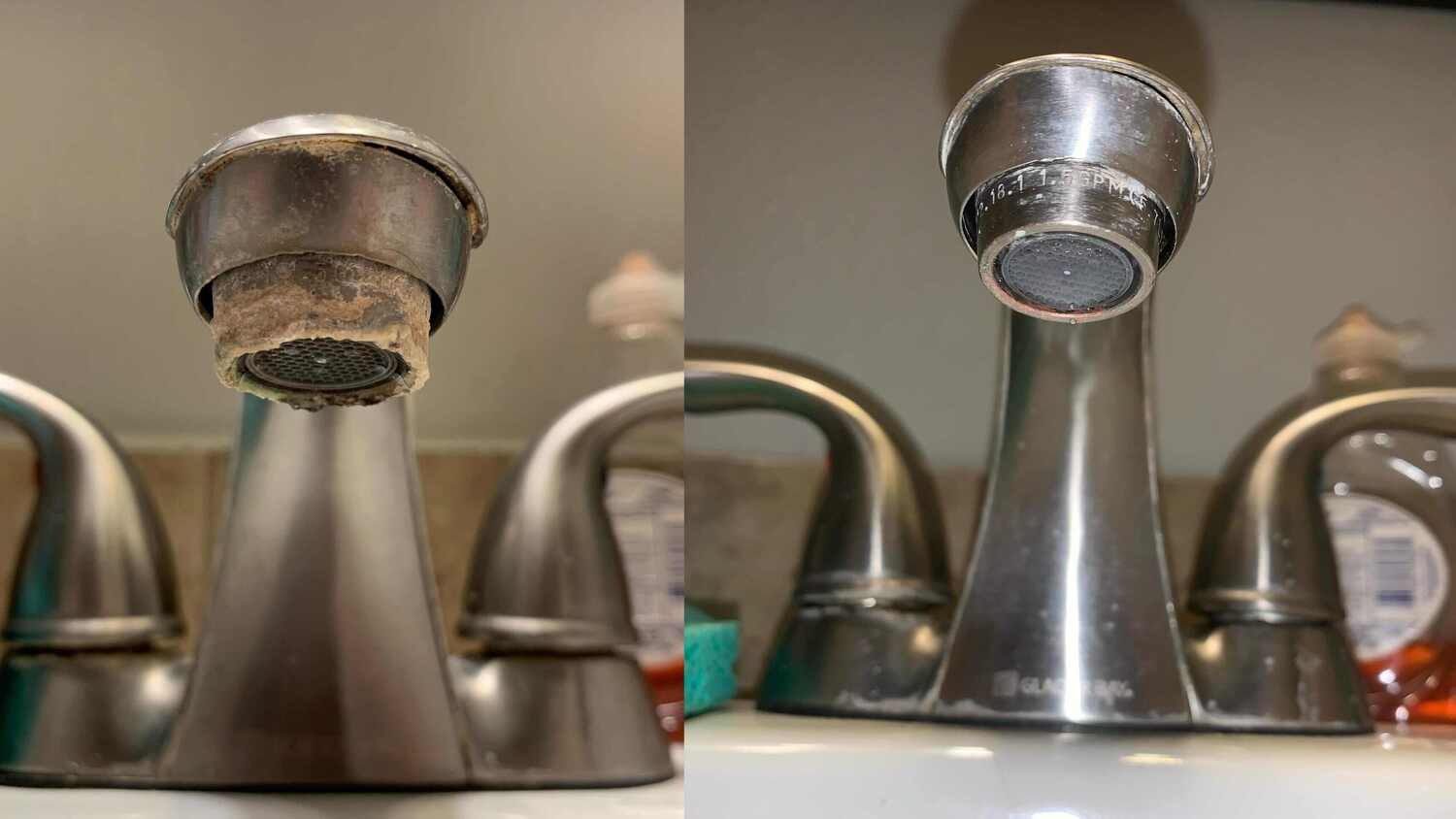
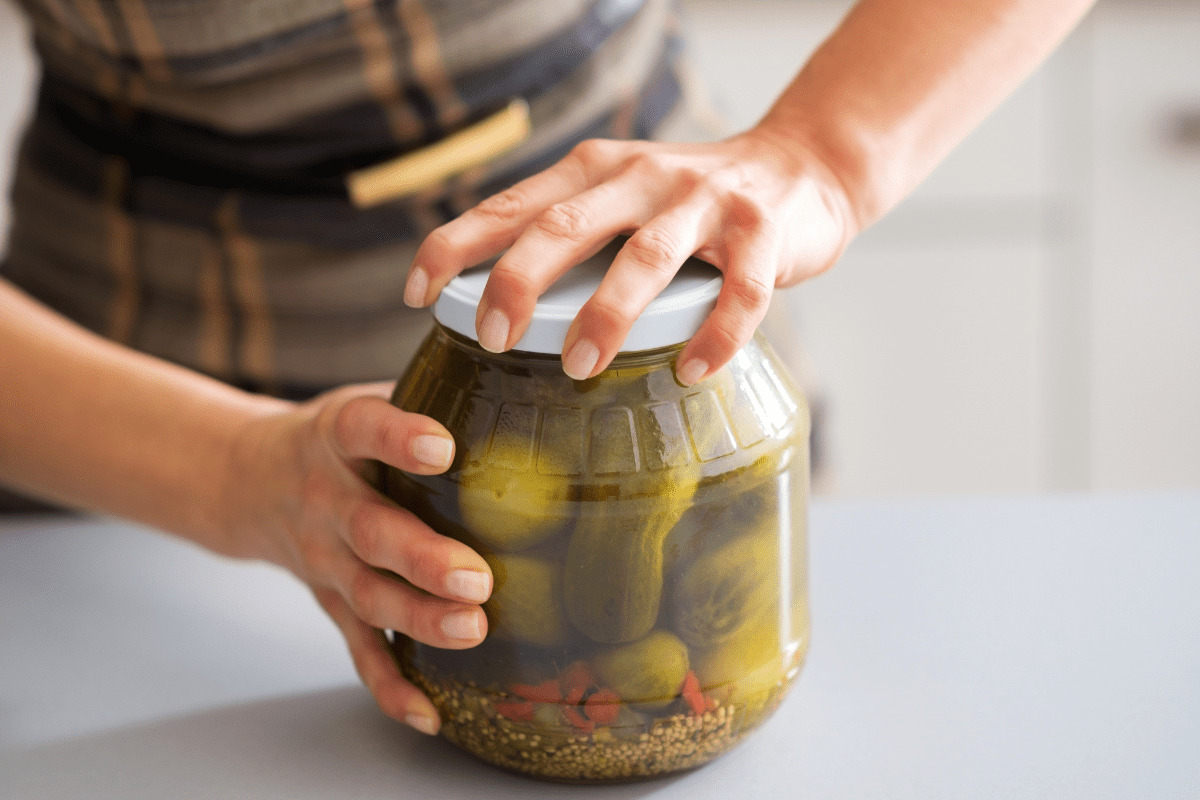
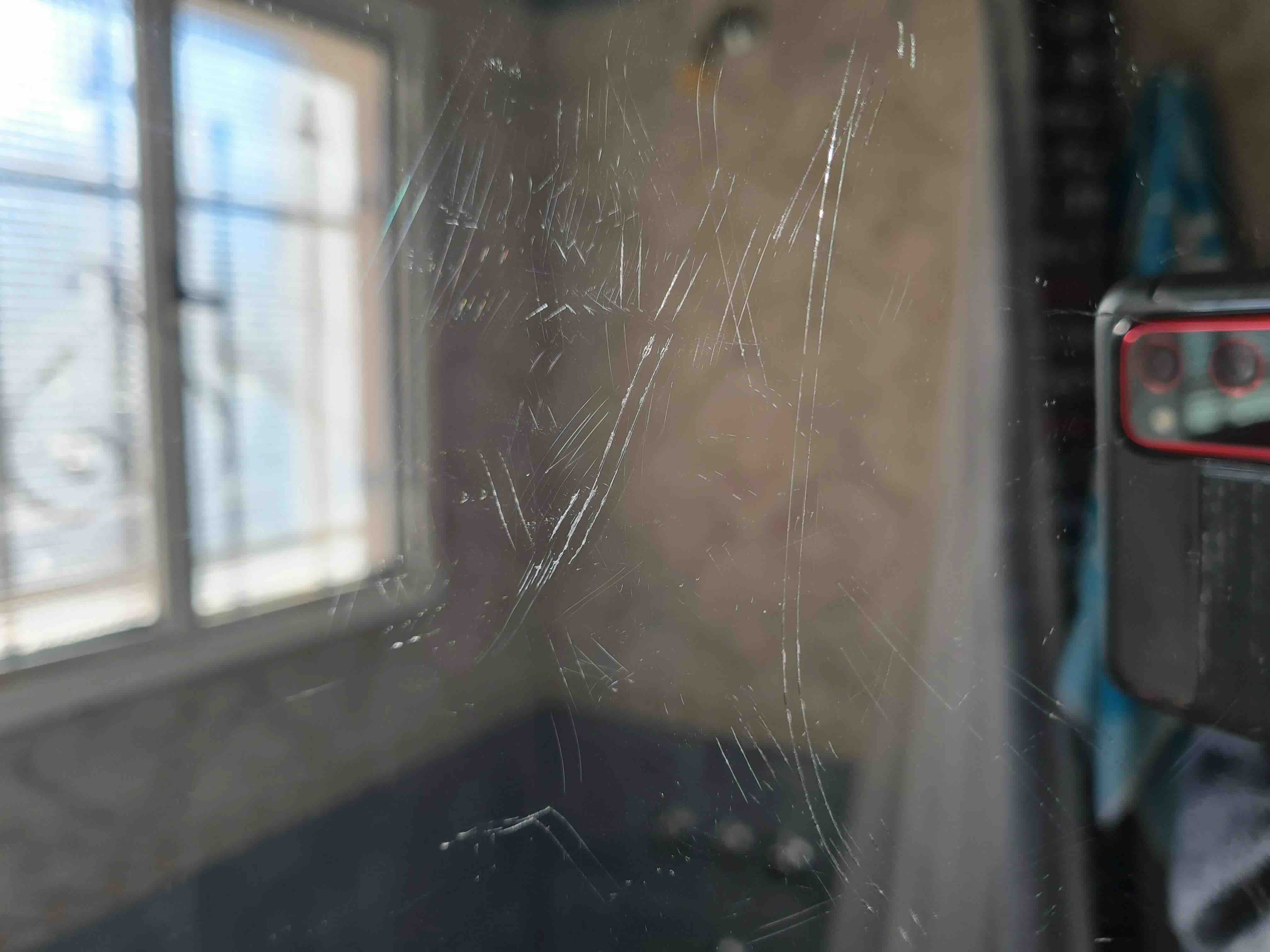
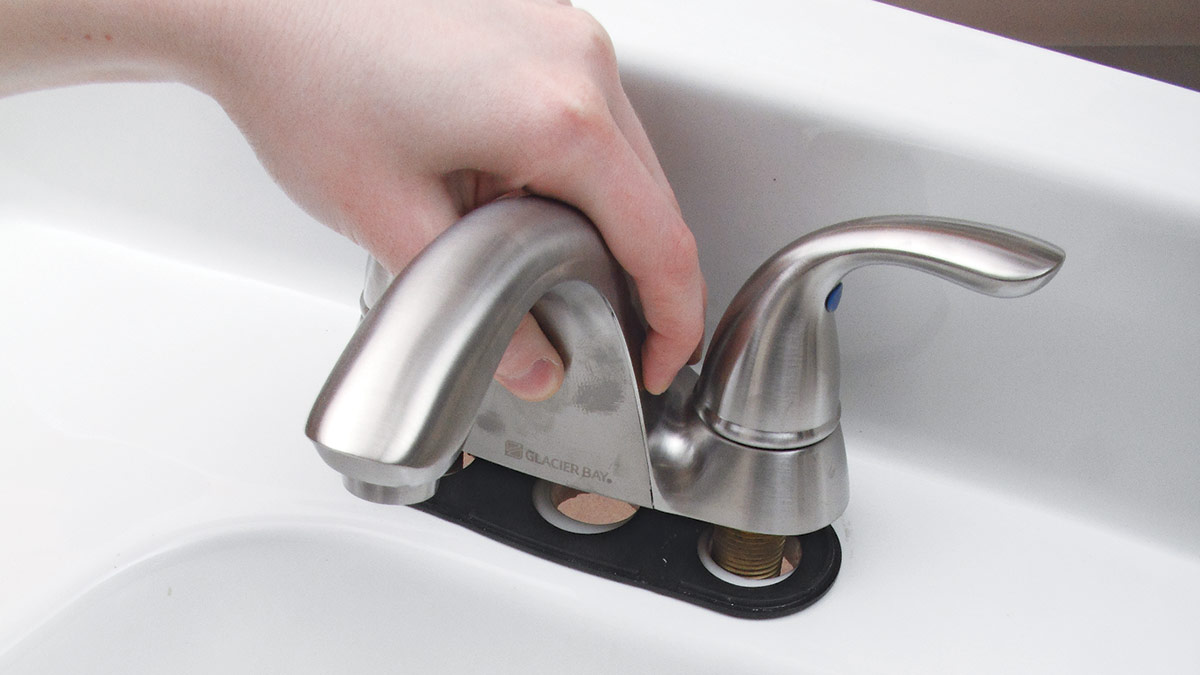
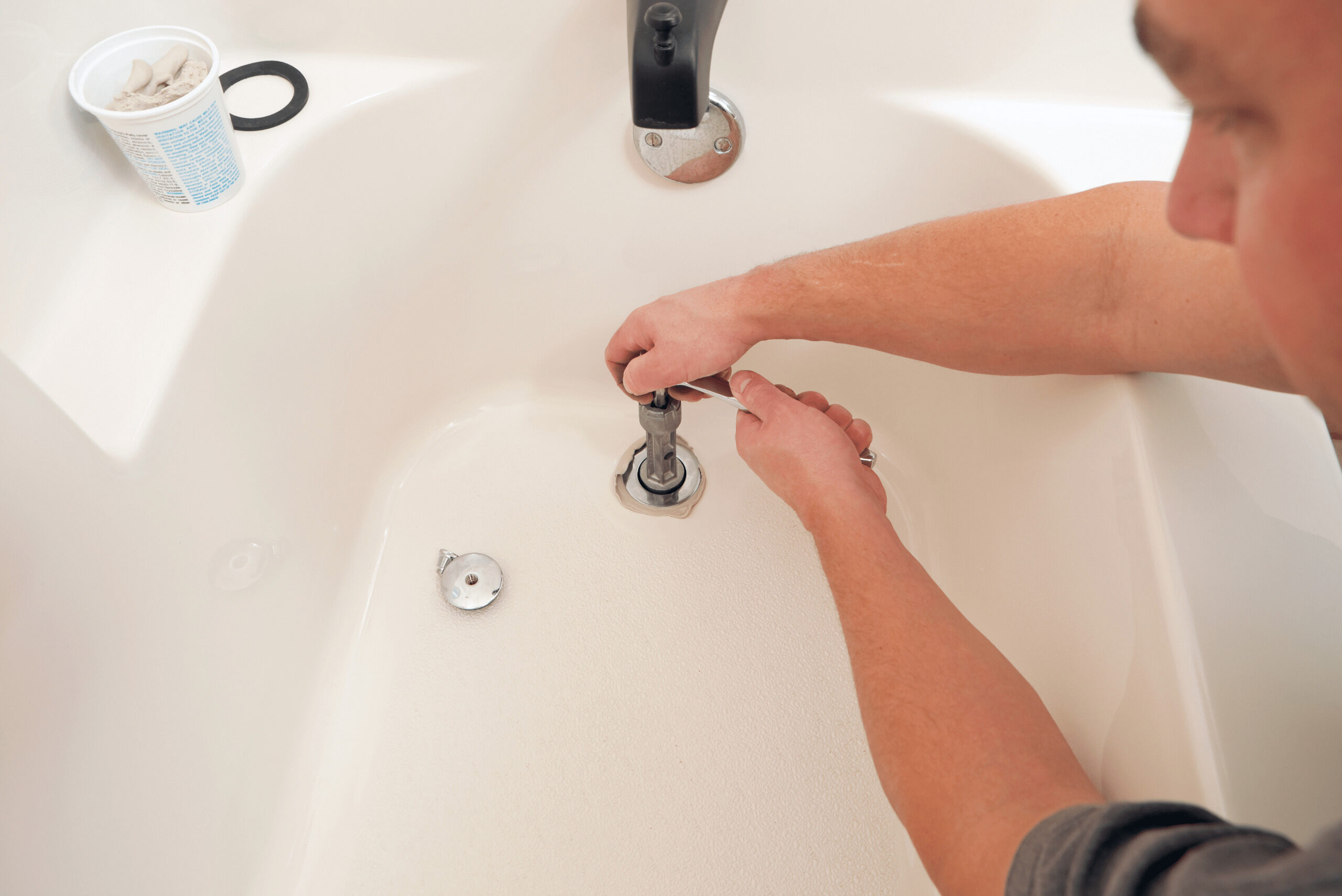
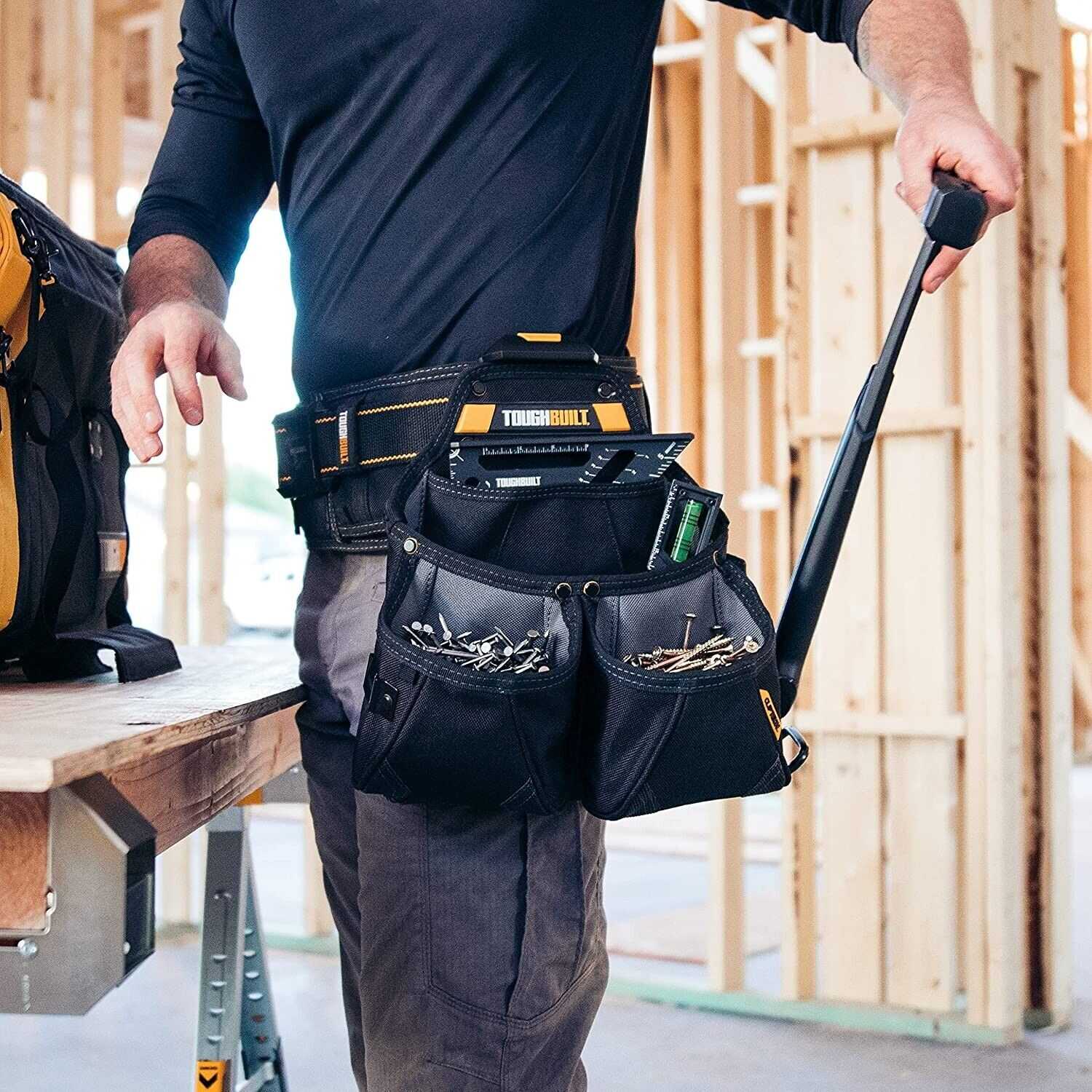
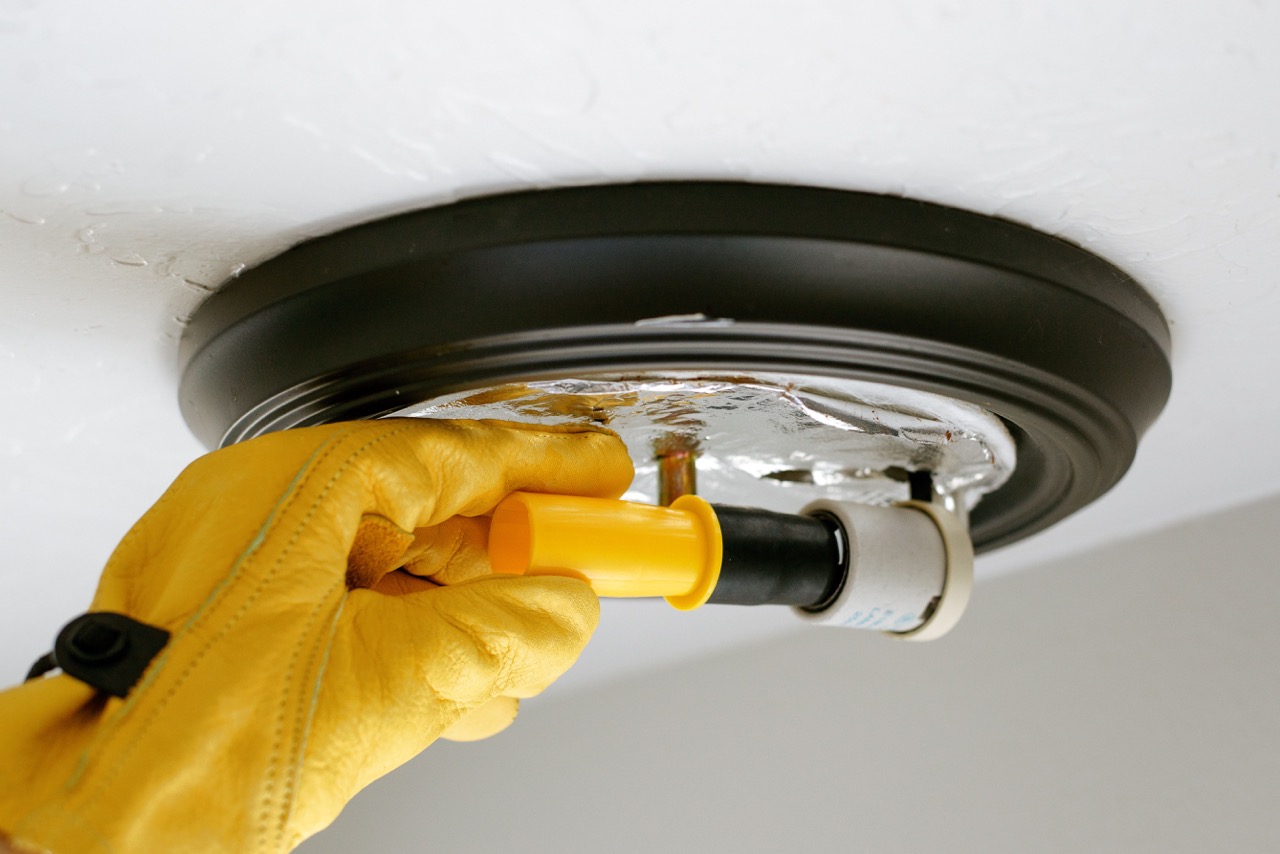
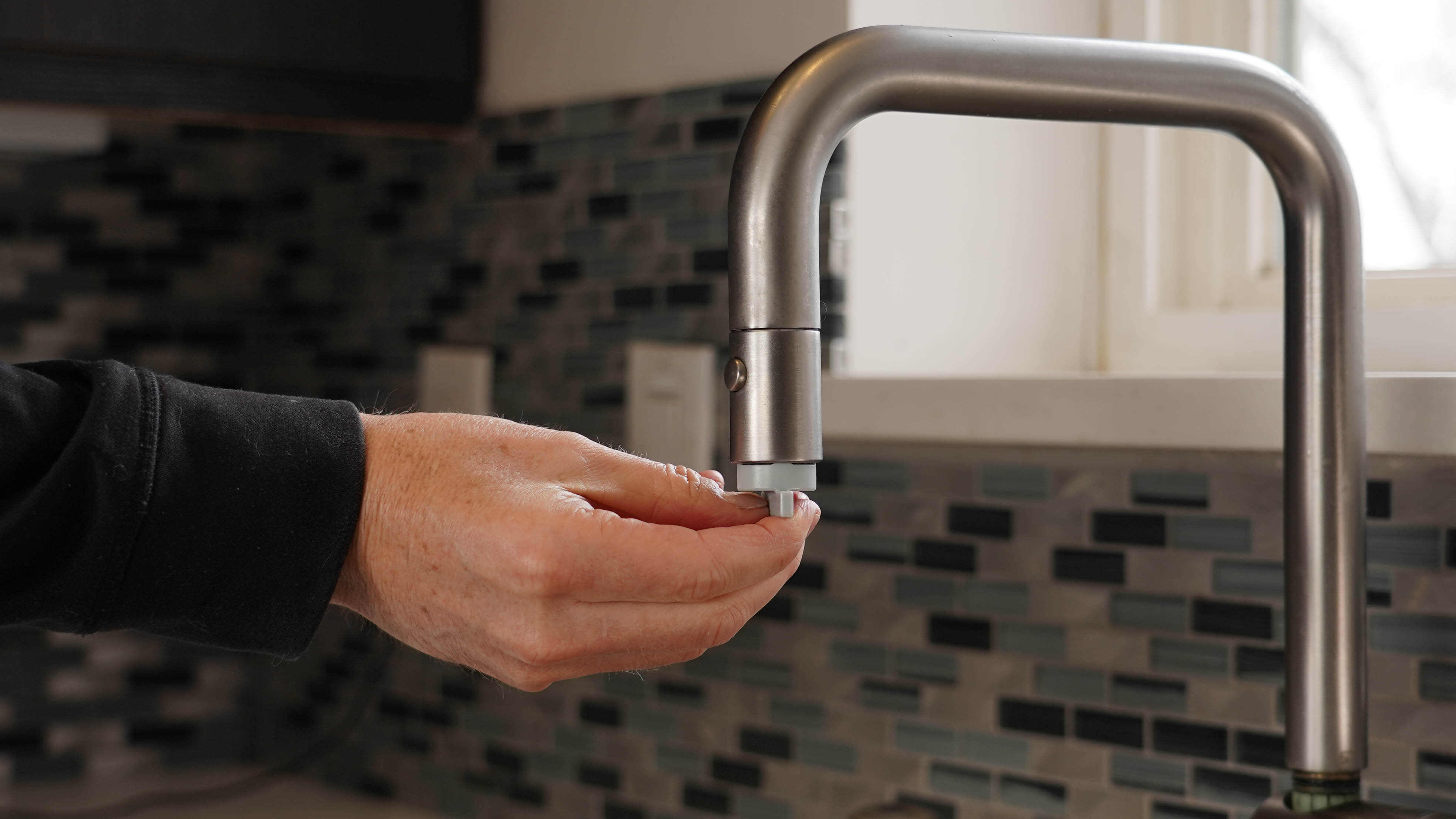
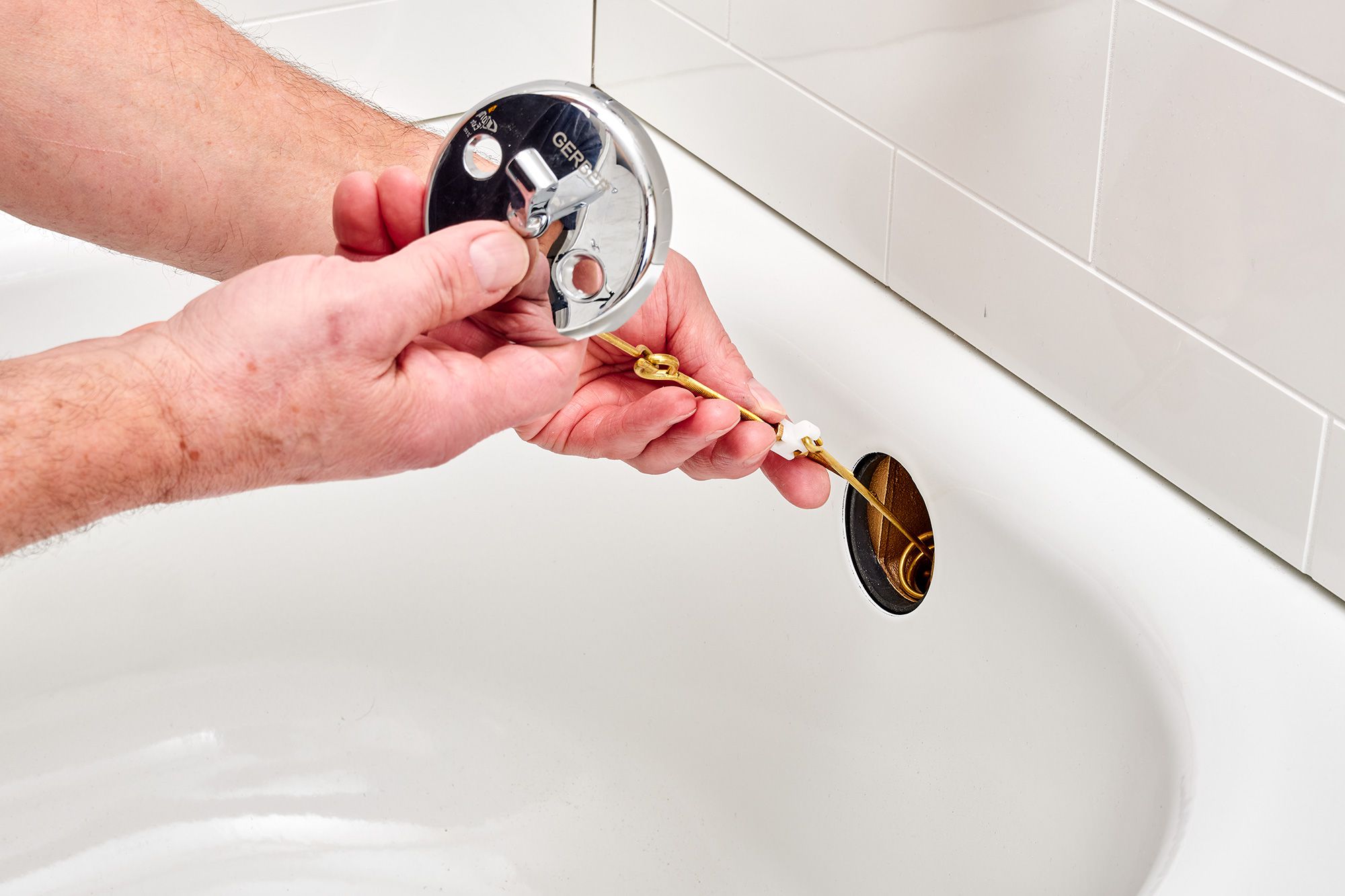

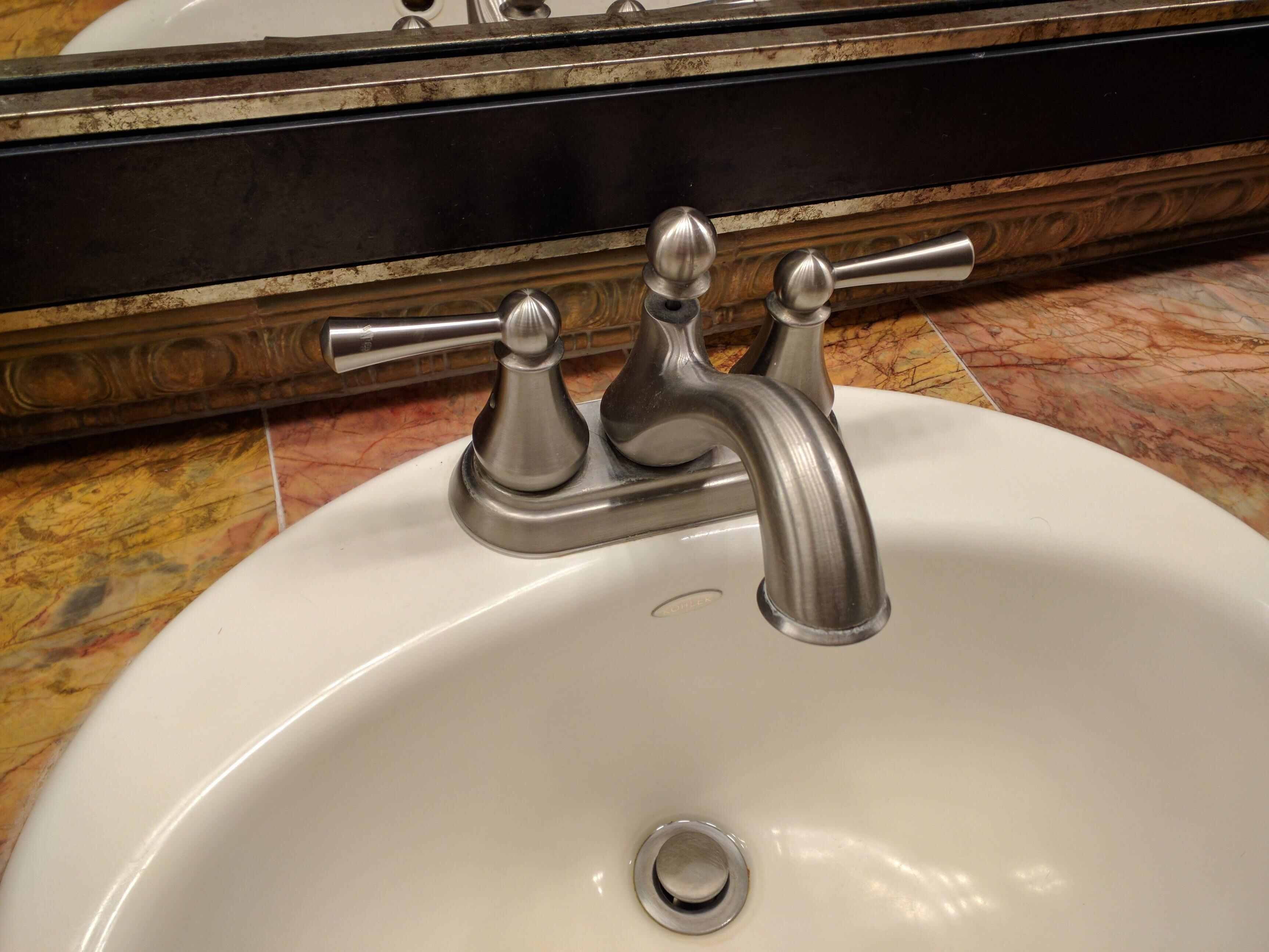
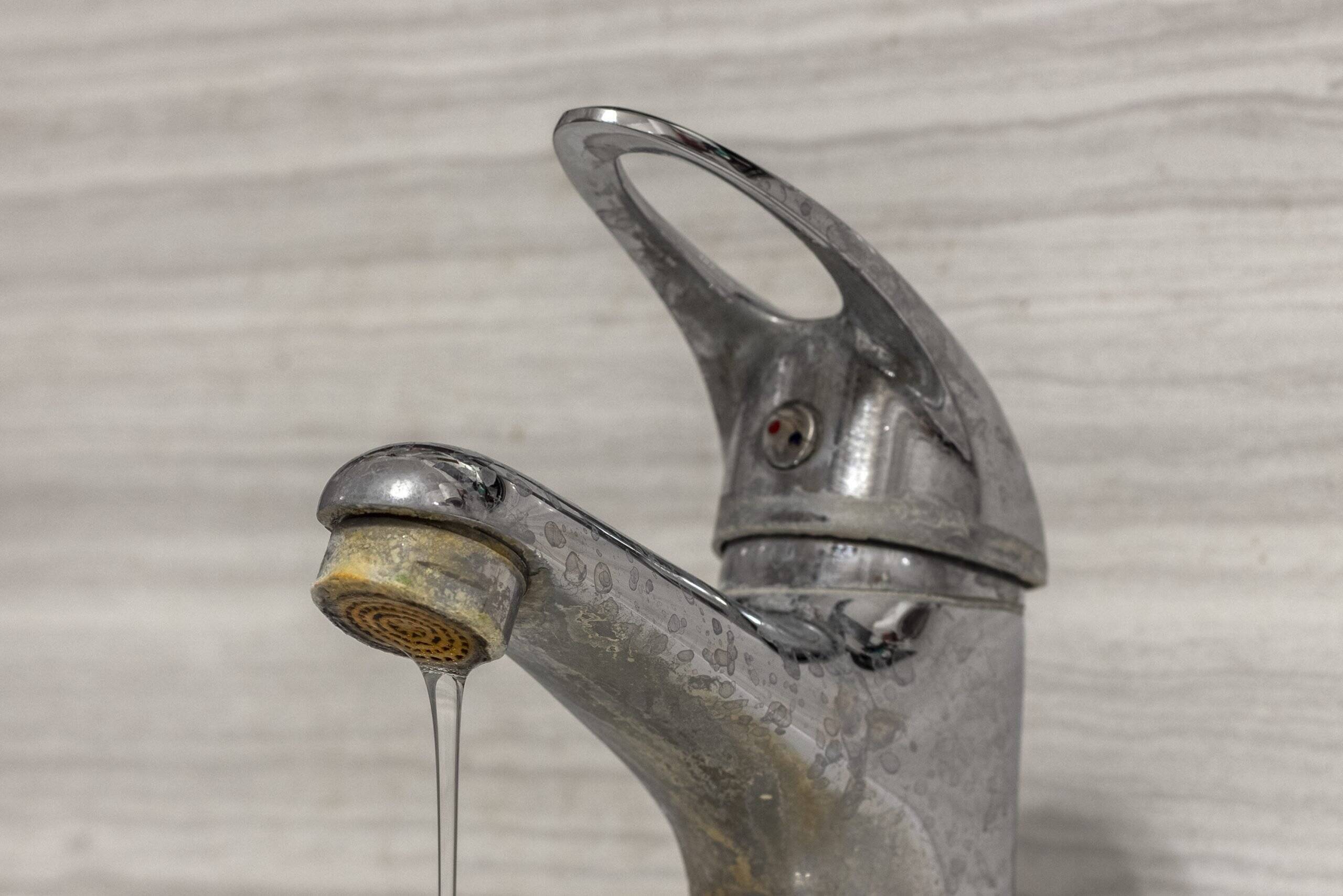
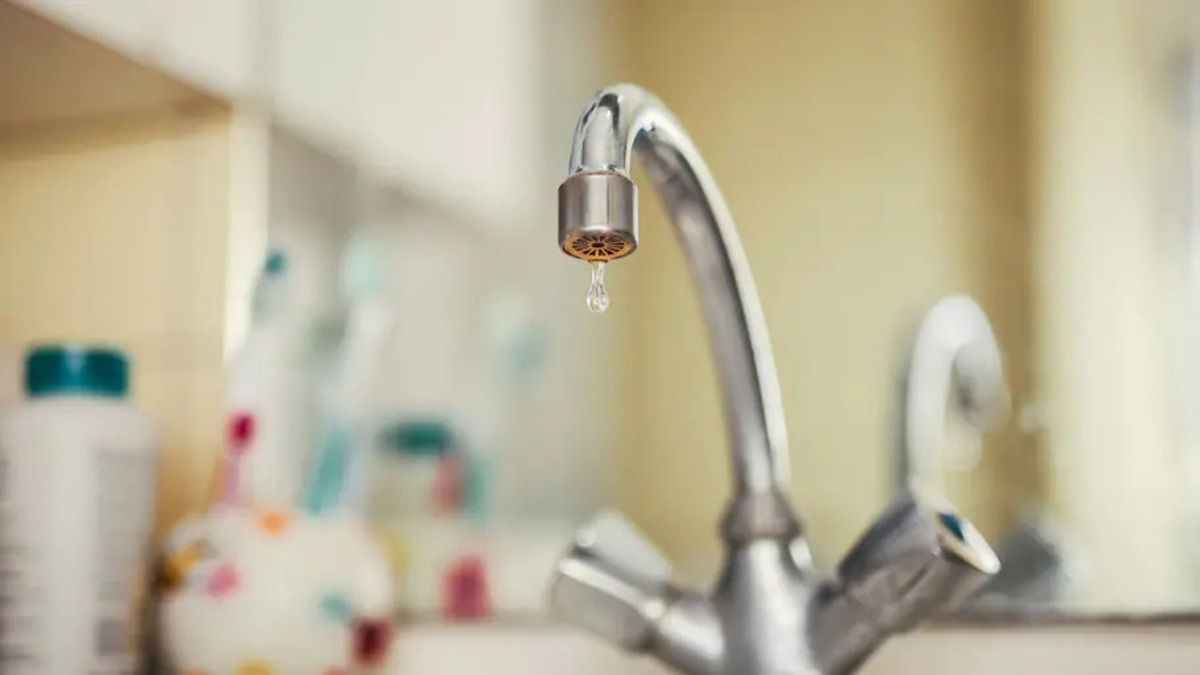
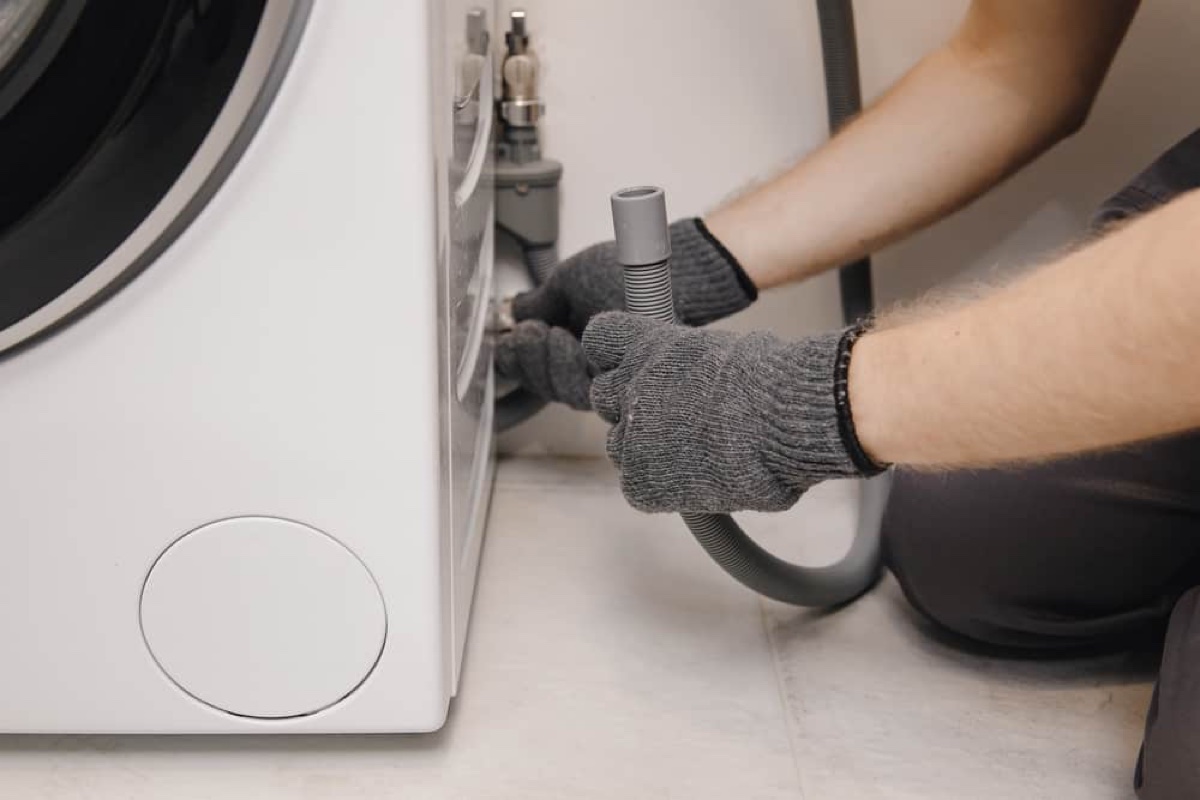

0 thoughts on “How Do You Remove A Stuck Hose From An Outdoor Faucet”